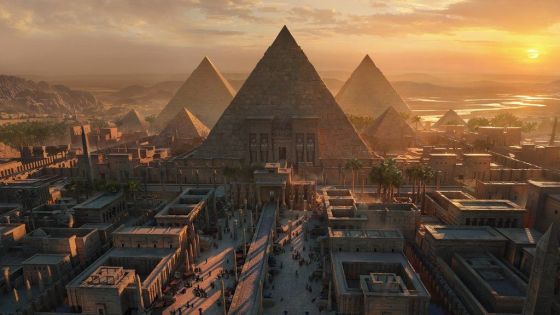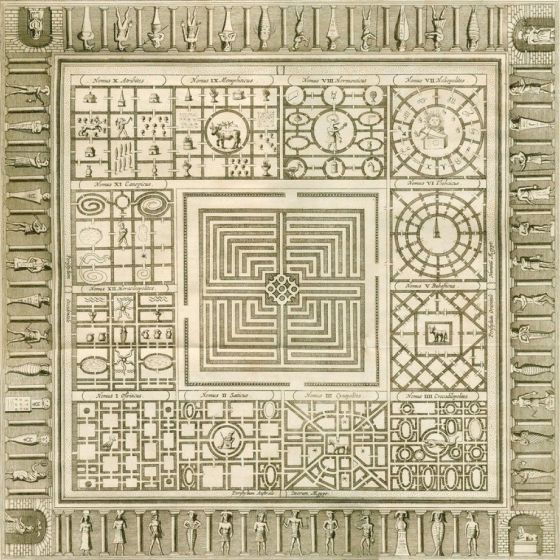Bronze Age (for deletion, kept for Palestinian details)
The basic economic, social and political institutions of Ancient Egypt were developed in the pre-dynastic period (following the Chalcolithic). Agriculture was, and remained, the foundation of the economic life. A calendar with a solar year of 365 days was introduced. The writing went through pictographic, symbolic, syllabic and alphabetic stages before Dynasty IV, but retained them all to Roman times. During the Old Kingdom, the Pharoah was deified in life and in death, and exercised despotic authority, ruling through an elaborate, carefully trained bureaucracy.
Architects erected colossal pyramids and magnificent columned palaces and temples. Sculptors and painters portrayed gods, humans, animals and monsters with admirable realism and grace. Literature began to flourish; some rudimentary sciences were cultivated for practical purposes.
The Old Kingdom
The period is so remote that historians have constructed a history of the period from what has been written in stone, the monuments and their inscriptions.
2900-2700: Dynasties I & II: The two kingdoms of Upper and Lower Egypt were united under the rule of Menes and his successors.
2700-2200: Dynasties III to VI: Capital at Memphis. Zoser (d.2649), the founder of Dynasty III, built the step pyramid of Sakkara. Zoser's architect, Imhotep, is credited with the development of building with stone and with the conception of the step pyramid.
Snefru (d.2589) of Dynasty IV built the pyramid of Medum and developed navigation. His three successors, Cheops, Chephren and Mycerinus, erected the three colossal pyramids at Gizeh. The first pyramid texts appear under Unis (d.2315), last ruler of the Dynasty V, and continued under Dynasty VI. Egyptian art reached its culmination under Dynasty V.
2200-2100: Dynasties VII to X: The dissolution of the power of the Pharoahs allowed the nomes (territorial divisions) to become autonomous.
The Middle Kingdom
2100-2000: Dynasty XI: Capital at Thebes. Intermittent warfare between factions, ending in consolidation of Theban power over whole of Egypt.
2000-1788: Dynasty XII: Capital at Lisht, near Memphis. Marks the classical age of Egyptian literature, which was no longer purely religious; fiction begins wtih the story of Sinuhet, an exile and adventurer who is eventually able to return to his homeland. Architecture and the plastic arts flourish. Amenemhet I (1991-1962) curbed the power of the provincial barons and began the wars of conquest, continued by Sesotris I (d.1935). Long reigns of Amenemhet II (1935-1903), Sesotris II (1903-1887), Sesotris III (1887-1849) marked a golden age. Sesotris III conquered Nubia and made a campaign in Palestine. Amenemhet III (1849-1801) reorganized mining operations in the Sinai and carried on hydraulic works in the Fayum, moving the capital there and building a great group of palaces known as the Labyrinth.

